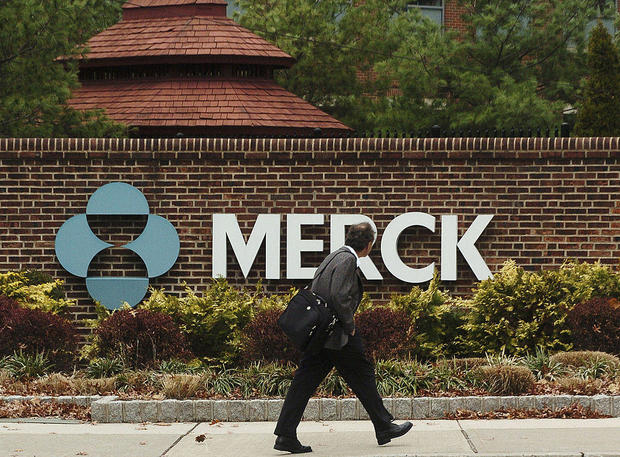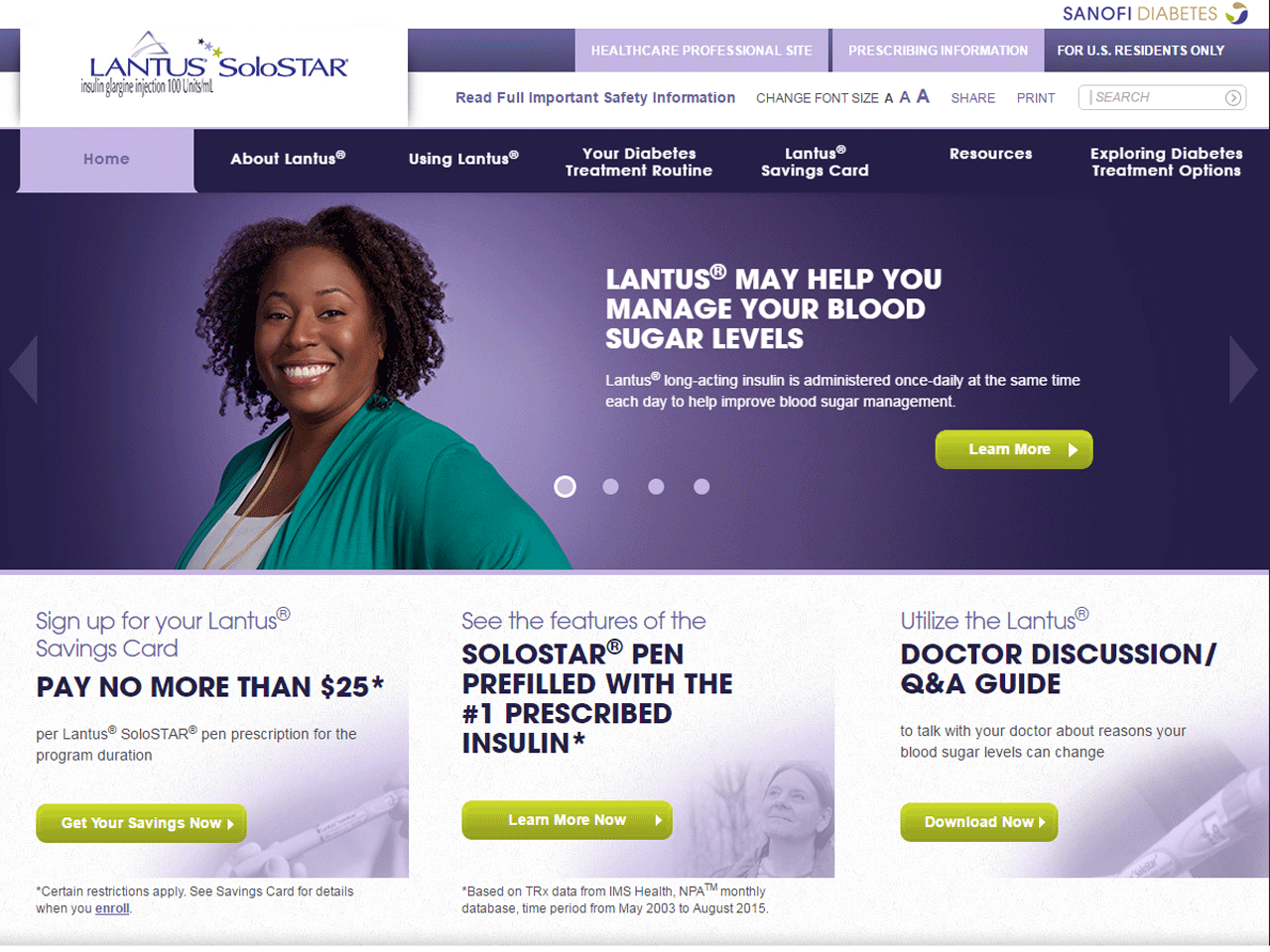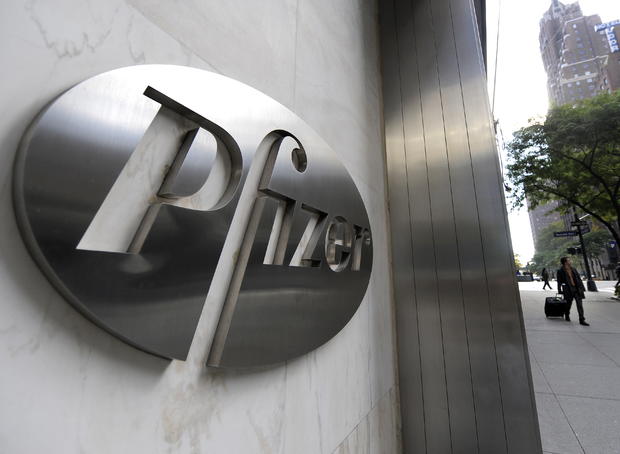7 biggest price hikes for Medicare's costliest drugs
Ask any American about the price of prescription medications, and many will either have a story about their own rapidly rising drug costs or those suffered by friends and family members.
About eight out 10 Americans say prescription drug costs are unreasonable, up from roughly seven out of 10 a year ago, according to a recent poll from the Kaiser Family Foundation. On top of that, consumers also support measures to keep costs down, ranging from allowing the federal government to negotiate drug prices to placing caps on annual price hikes.
Medicare, the government program that provides health care coverage to seniors, isn't allowed by law to negotiate drug prices with pharmaceutical companies. With about 38 million people in its Part D prescription coverage, Medicare covered a massive $121.4 billion worth of drugs in 2014, the latest year for which data is available. Out of the program's costliest drugs in 2014 -- those that each totaled more than $1 billion in spending -- seven had one-year price hikes of 17 percent or higher.
While that pales in comparison with the fivefold price surge for Mylan's EpiPen, it nevertheless may create hardships for some seniors, especially those living on fixed incomes and those who fall into the so-called "donut hole" of coverage. Taxpayers also end up footing the bill for the higher costs.
Drugmakers typically justify the higher prices by noting the need to fund research and development of new medications.
"Something has to give with drug pricing," said Philip Moeller, the author of "Get What's Yours for Medicare," a new book published by Simon & Schuster (which is owned by CBS, the parent company of CBS MoneyWatch). "I'm not saying the only way to solve this is to give Medicare the right to negate drug prices, but it's fundamentally unfair for U.S. consumers to pay virtually all the global share of R&D in our drug prices."
Medicare shelled out at least $1 billion each on 18 drugs in 2014. Gilead's (GILD) hepatitis C medication Sovaldi, was the most expensive, at a total cost of $3.1 billion. But it was one of two medications among those top 20 drugs to witness a lower per-prescription price (with the other one being the depression drug Duloxetine).
Read on to learn about the seven biggest price increases among the 20 costliest drugs for Medicare. Together, these drug price hikes added almost $2 billion in costs for Medicare.
7. Abilify: +17 percent
This psychiatric drug helps Americans with the treatment of a number of issues including bipolar disorder and depression. Developed by Otsuka Pharmaceutical, the drug has quickly become a top seller, generating about $4.9 billion in sales in 2014, according to The Wall Street Journal.
Medicare represented about half of those sales. The program shelled out about $2.5 billion on Abilify in 2014. Medicare spent $853 on each prescription, an increase of 17 percent from the prior year, when Abilify prescriptions cost about $730 each.
6. Gleevec: +19 percent
When Novartis' (NVS) Gleevec debuted in 2001 as an innovative leukemia treatment, it drew concern over its high cost of $26,400 per year. Since then, a year's supply of the drug has jumped to more than $120,000, according to The Washington Post.
Gleevec's massive price increase hasn't come all at once, but through incremental price hikes each year, the Post noted. That trend was repeated in 2014, when Gleevec's per-prescription price rose 19 percent to $8,416, according to Medicare data. (The per-prescription price differs from the annual price because a year's supply includes more than one prescription.)
"The drug is so stinking expensive, and I don't know what will happen," one patient told the Post. "The drug is a godsend. The price is not."
Medicare paid almost $1 billion for Gleevec in 2014, compared with $780 million in 2013.
5. Zetia: +21 percent
Merck's (MRK) cholesterol medication Zetia had a 21 percent jump in per-prescription prices in 2014, rising to $290. Overall spending increased to $1.03 billion, up from $886 million in the prior year.
4. Celebrex: +22 percent
The Pfizer (PFE) pain medication Celebrex saw its per-prescription price jump 22 percent to $317, according to Medicare data. On a total dollar cost, Medicare spent $1.07 billion on the medication in 2014, up from $947 million in the previous year.
3. Lantus Solostar: +28 percent
Sanofi's (SNY) pen-based insulin medication rose 28 percent on a per-prescription basis, according to Medicare data. That means that each prescription cost $454 in 2014, up from $355 in the previous year.
Total spending reached $2 billion, up from $1.37 billion in the prior year.
2. Lantus: +41 percent
This form of insulin jumped 41 percent on a per-prescription basis, reaching $403 in 2014 from $285 in the prior year.
Insulin prices have been rising sharply in recent years, causing financial pain for diabetics who rely on the medication not only to avoid death but to reduce the risk of illnesses such as kidney failure and blindness.
"People are suffering a lot," Allison Bailey, a college student in Iowa with Type 1 diabetes, told CBS earlier this year. "There are no generics. We have to go through these big companies, and they charge so much."
1. Lyrica: +45 percent
Pfizer's pain medication Lyrica jumped 45 percent on a per-prescription basis between 2014 and 2013, according to Medicare data.
Price hikes have helped Lyrica's manufacturer bolster its bottom line. Over a three-year period when the price jumped almost 52 percent, Pfizer added $208 million in additional quarterly sales simply from higher prices, according to Bloomberg.
The increase meant Medicare spent $1.4 billion on Lyrica in 2014, compared with $1.07 billion in the previous year.






